
Photos courtesy of Initiative Handarbeit
Volume of the German crafts market (in consumer prices) has decreased by more than 11% over the last five years. From 1.306 million euros in 2014 to 1.159 million euros in 2018, the total market volume for crafts, measured in consumer prices, has decreased by over 11%.
In light of the resurgence of certain crafts — knitting comes especially to mind, as does needle punching and embroidery — a decrease of this magnitude is substantial over a relatively short amount of time.
Sadly, the study does not differentiate between online and offline market volume nor does it offer in-depth insights into price developments compared to inflation and purchasing power. This would be extremely interesting in order to understand why we’re seeing such huge decreases both over the 5-year period as well as year-over-year. German GDP (adjusted for price changes) has grown by 1.5% from 2017 to 2018, but as the study doesn’t detail whether the market volume indicated is in real terms or not, we unfortunately cannot gauge how this market development fares compared to the overall German economy.
2018 has the highest year-over-year decrease in 5 year period
From 2017 to 2018, the market volume has decreased by 5%, from 1.220 million euros to 1.159 million euros. For the five-year period the study looks at, this is by far the highest decrease.
Initiative Handarbeit attributes this to the long and extremely warm summer which led to long periods spent outside and not with crafting, as well as to the changing face of retail, especially with the closing of smaller brick-and-mortar shops.
As with the overall decrease, we unfortunately lack the data to corroborate these hypotheses. It might very well be that the long and warm summer had such a substantial effect, but it might also have been due to the slower growth of German GDP overall with a growth rate that decreased from 2.2% (2016 to 2017) to 1.5% last year. With economic growth in Germany projected to slow down even further, Brexit, and trade wars looming at the horizon, the crafting market might be impacted even harder in the upcoming years.
Market Value 2018 consumer prices in Mio Euro
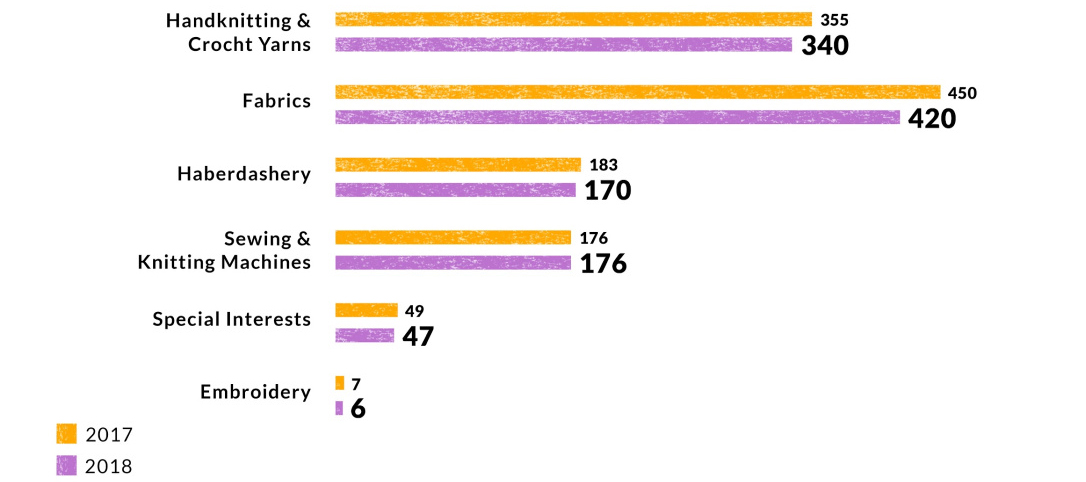
The decrease in market volume extends across all market segments except for machines.
Source: Initiative Handarbeit’s research, March 2019
Initiative Handarbeit differentiates between six market segments:
- Handknitting & Crochet Yarns
- Fabrics
- Haberdashery
- Sewing & Knitting Machines
- Special Interests
- Embroidery
Except for Sewing & Knitting Machines, all segments have seen a decrease in market volume from 2017 to 2018.
Market development crafts in Germany in Mio Euro at consumer prices

A Closer Look at the Different Segments
The degree of loss in market volume differs substantially within the segments.
Embroidery has seen the biggest loss from 2017 to 2018, with a reduction of over 14%, from 7 to 6 million euros. Haberdashery and Fabrics were both down 7%, from 1.83 to 1.70 million euros, and from 4.50 to 4.20 million euros, respectively. Handknitting & Crochet Yarns as well as Special Interests were both down 4%, from 3.55 to 3.40 million euros, and from 4.9 to 4.7 million euros, respectively.
Hence, despite the warm summer, the knitting industry — which traditionally has been seen as being impacted the most by warm weather — has fared reasonably well compared to the other market segments.
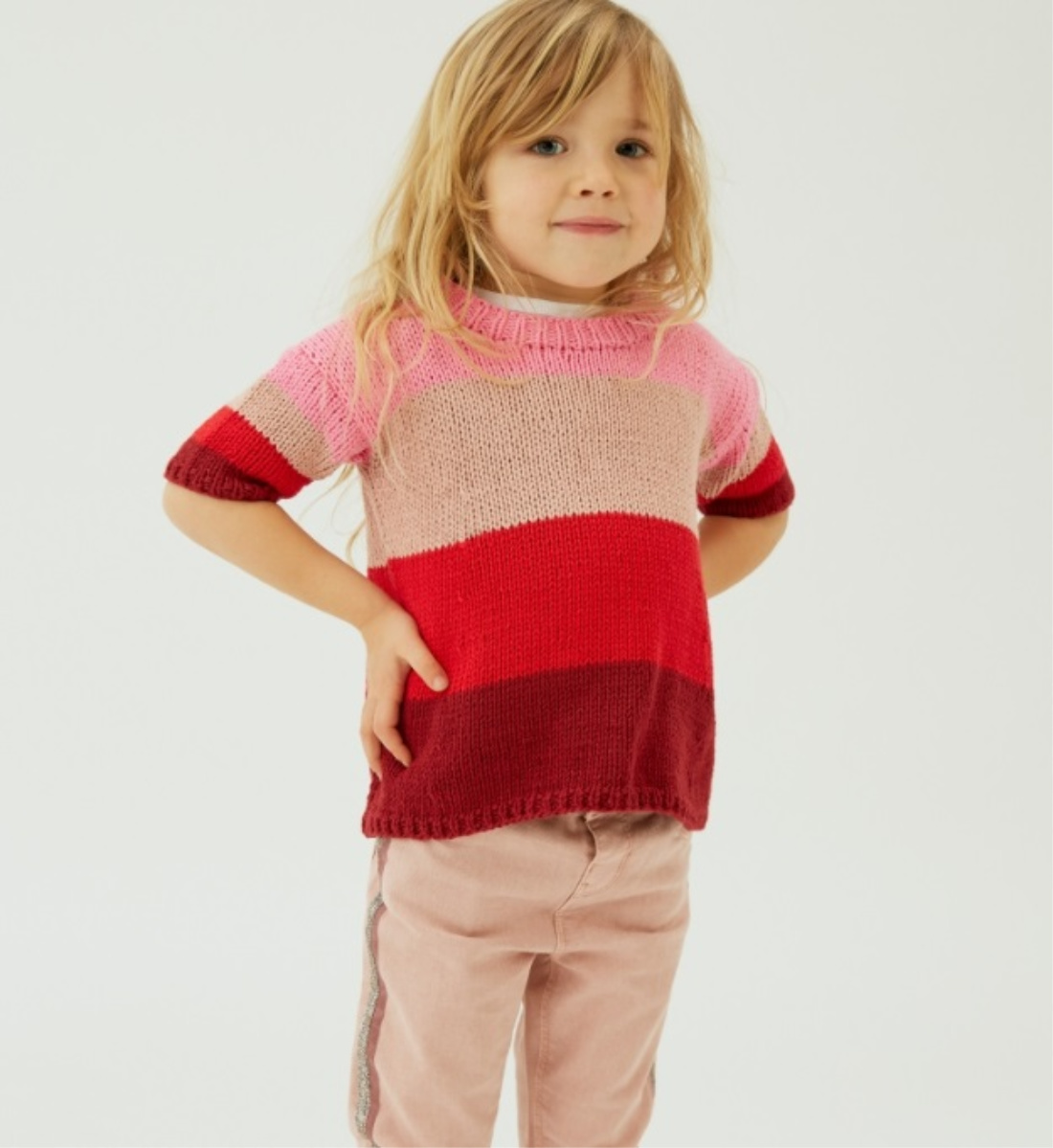
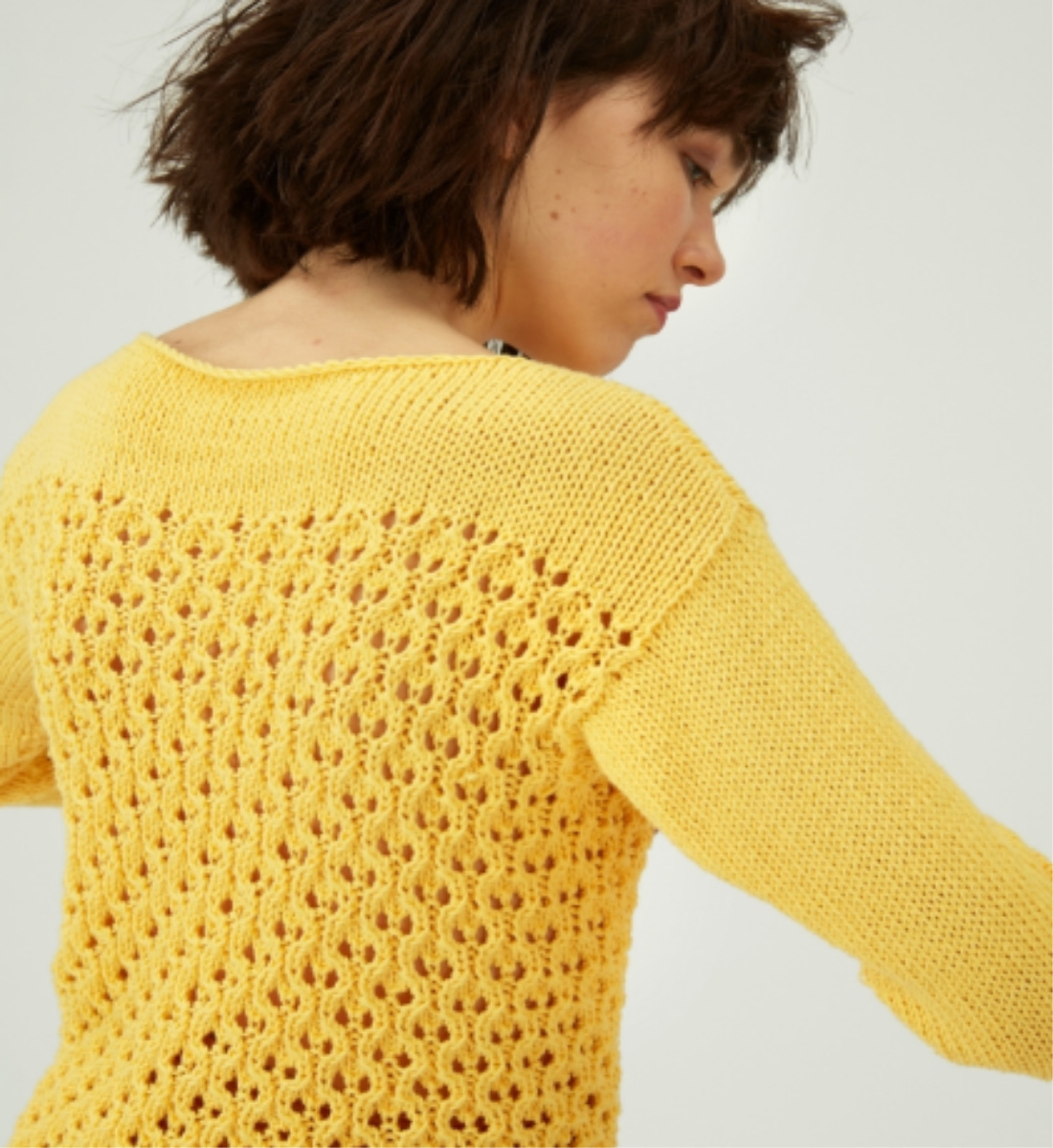
Overall, the German crafts market has suffered substantial losses in market volume over the past few years, which is one of the reasons Initiative Handarbeit has developed a range of measures and initiatives to help their members cope with the changes in the market.
Workshops for brick-and-mortar retailers
For the second year in a row, Initiative Handarbeit offers a number of workshops for brick-and-mortar shop owners to support them with the changing demands of the market on physical retail spaces. Core topics are visual merchandising and communications during the two-day training which can be followed up with an advanced workshop for all shop owners who’ve completed the first workshop.
Sewing competition “Mach dein Ding 2019”
In collaboration with pattern designer Anke Müller from cherrypicking, Initiative Handarbeit has developed a sewing competition aimed at hobby sewists: They’re asked to modify a pattern for a bag designed by Anke to showcase their creativity and proficiency in sewing.
Collaboration with augmented reality app Pattarina
Pattarina’s Augmented Reality App allows sewists to transfer lines and marks of sewing patterns directly onto the fabric by showing the pattern pieces to scale on a smartphone screen. Initative Handarbeit established a cooperation with the app developers so that all patterns published in their DIY collections in 2019 will be compatible with Pattarina’s technology.
“Make Me Take Me” bag initiative for less plastic
Plastic waste, and especially the use of plastic shopping bags, is a significant environmental problem which Initiative Handarbeit aims to combat through the initiative, “Make Me Take Me.” Consumers, retailers, and producers are called upon to craft 10,000 plastic-free shopping bags in 2019 which will be gifted to people who promise to not use plastic shopping bags anymore.
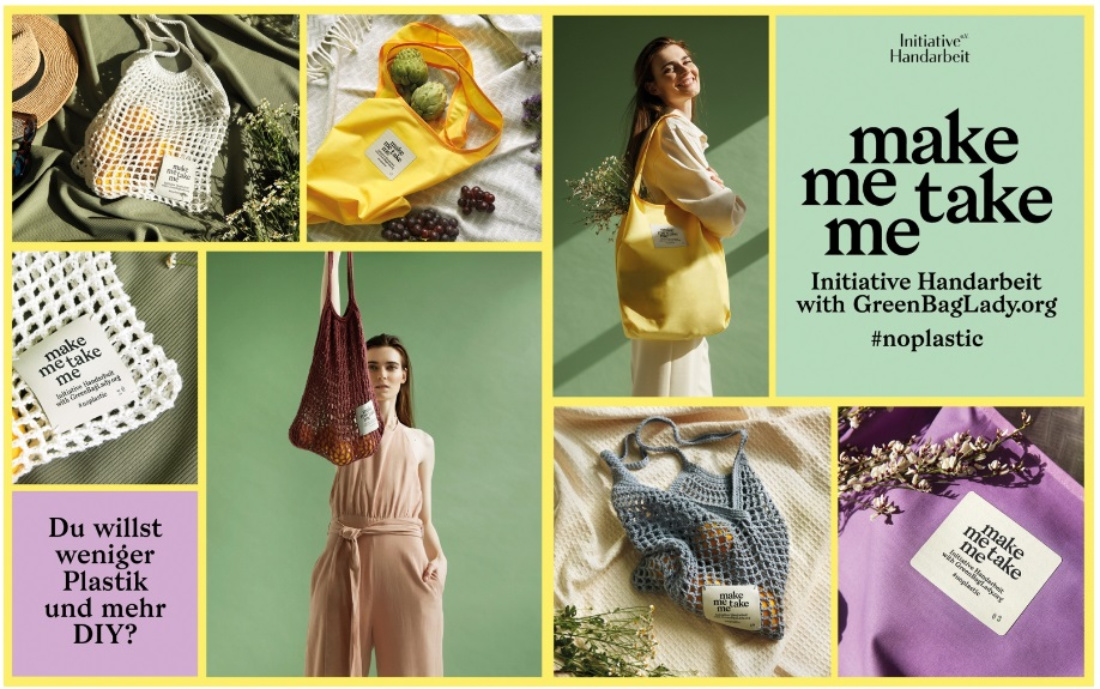
Up-and-coming designer competition
Similar to past years, Initiative Handarbeit offers a special competition aimed at young, up-and-coming designers in 2019. Targeted towards design students who are about to finish their studies, the competition includes both sewing and knitwear segments.
The various initiatives by Initiative Handarbeit address a broad range of customer groups in the craft industry, from brick-and-mortar shop owners and new designers, to consumers in all segments of the industry. I’m curious to see how those initiatives develop and the impact they have on a market that’s been challenged year-over-year in the past five years.

Hanna Lisa Haferkamp
contributor
Hanna Lisa is a coach for creative business owners, project bag designer and co-founder of the independent knitwear publisher making stories. She loves knitting, writing, and working with other female creatives on making this world a better place. If you’re curious, you can find out more about her on her website, Etsy, and Instagram.

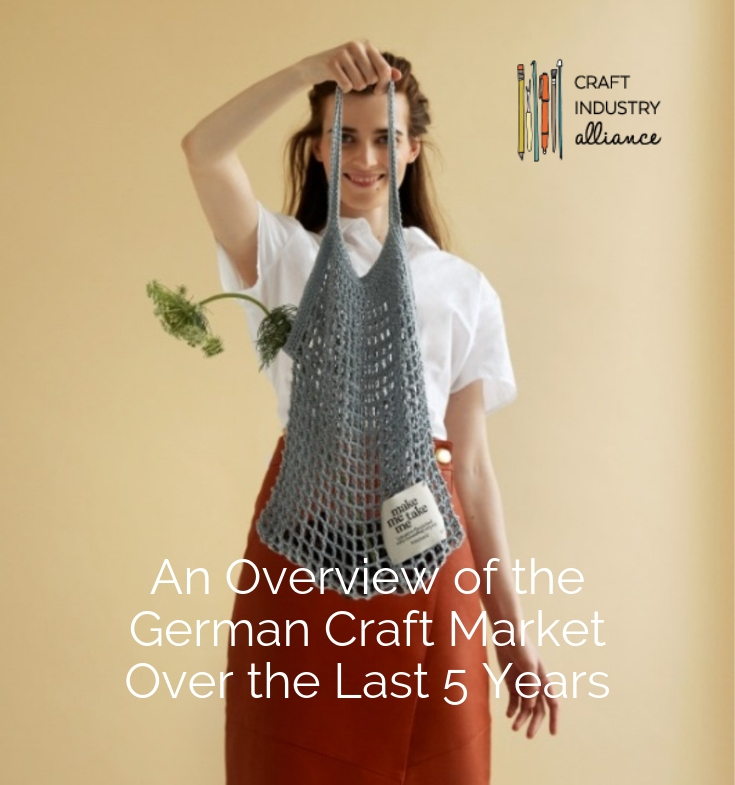
Trackbacks/Pingbacks